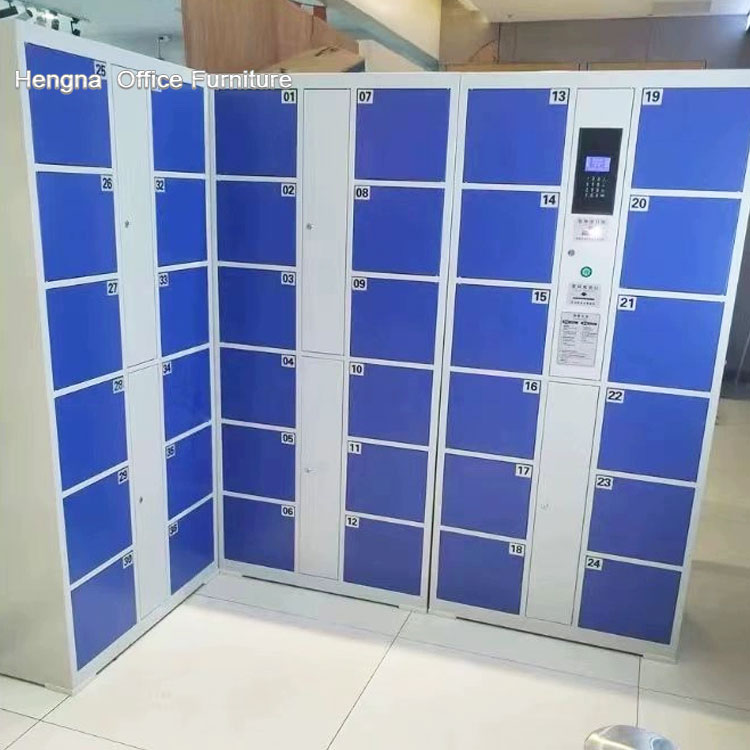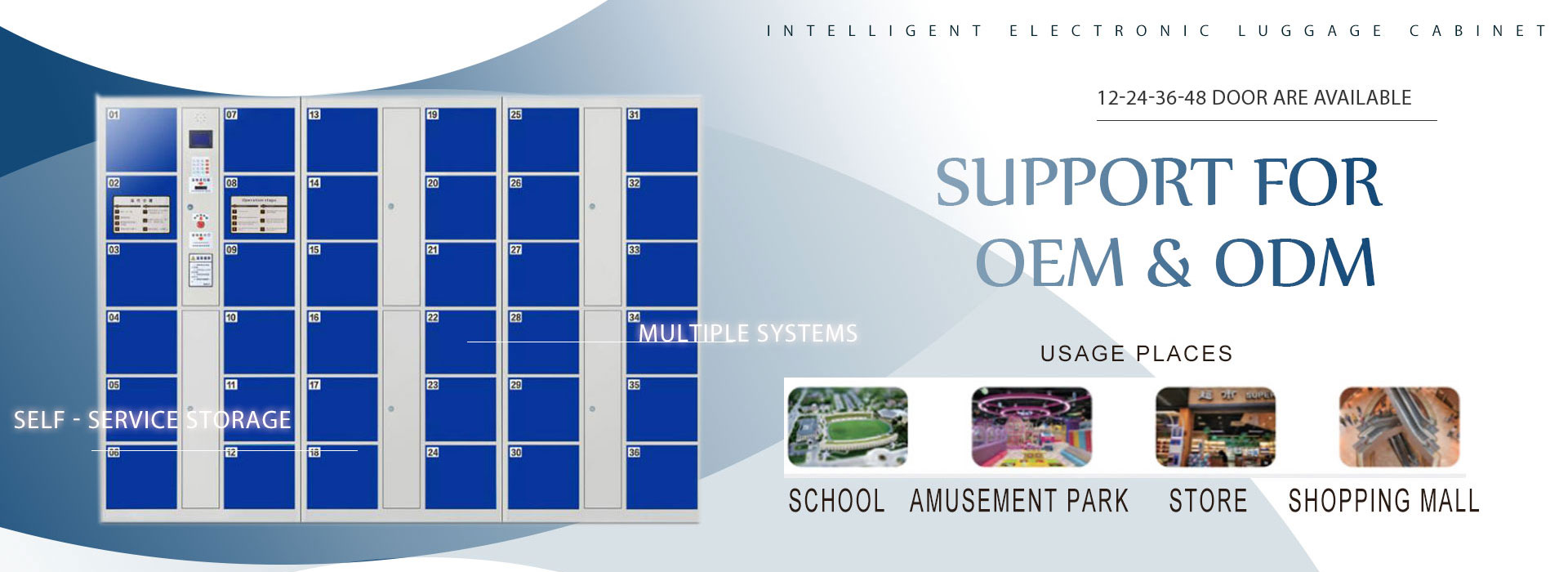Libraries and archives are the custodians of our collective knowledge, housing vast collections of cultural heritage. However, managing these extensive resources presents unique challenges. Traditional physical storage methods, manual tracking, and inefficient retrieval systems can significantly slow down access to valuable materials. This is where modern, electronic barcode storage solutions step in, offering a transformative approach to streamline operations and enhance the preservation of our cultural heritage.
Streamlining Cataloging and Access with Barcode Technology
Electronic barcode storage systems completely change the way items are cataloged, stored, and accessed. Each item in the collection receives a unique electronic barcode, serving as its digital identifier. Staff and patrons can easily scan the barcode, instantly accessing detailed information about the item. This dramatically speeds up check-out and check-in processes, while simplifying inventory management tasks. By reducing the reliance on manual data entry, barcode solutions improve accuracy and efficiency, reducing human error.

The core of these systems is the electronic barcode, which is linked to comprehensive digital records containing metadata, item location, and status updates. This digital connection enables real-time tracking, allowing staff to swiftly locate materials within even the largest collections. For patrons, it ensures real-time availability information, reducing the time spent searching for items and improving the overall user experience. Ultimately, libraries and archives become more efficient, accessible, and user-friendly.
Key Benefits of Barcode Storage Solutions
Adopting electronic barcode storage solutions brings tangible improvements to library and archive management:
Increased Operational Efficiency
Administrative tasks are simplified, allowing staff to spend less time on routine processes and more time engaging with patrons. With reduced physical handling, especially for delicate items, there’s also a decreased risk of damage, ensuring the longevity of valuable materials.
Enhanced Resource Management
Barcode systems provide libraries and archives with valuable insights into collection usage. Tracking borrowing patterns and item popularity helps inform data-driven decisions regarding collection development. Institutions can identify underutilized materials or high-demand areas, optimizing resource allocation and improving overall service.
Improved Security and Access Control
Barcode systems enhance security by providing digital logs of every interaction with an item. Institutions can set specific access permissions for various user groups, ensuring sensitive materials are only handled by authorized personnel. Additionally, barcode systems create an audit trail, making it easier to detect and investigate lost or stolen items.
Better Preservation and Conservation
For archives, the benefits extend to preservation workflows. Barcode-linked records allow staff to monitor the condition of fragile documents or artifacts, providing detailed conservation histories and treatment records. This system supports long-term preservation efforts, ensuring that irreplaceable historical items are safeguarded for future generations.

Scalable and Adaptable for Any Institution
One of the greatest advantages of electronic barcode storage systems is their scalability and adaptability. Whether for a small community library or a large national archive, barcode solutions can be customized to meet the specific needs of any institution. These systems integrate seamlessly with existing library management platforms, ensuring a smooth transition and minimal disruption to daily operations. As the technology evolves, libraries and archives can continuously update their systems, staying current with the latest advancements in information management.
Data-Driven Insights for Better Decision-Making
Another compelling feature of barcode storage solutions is the ability to gather data for analysis. Libraries and archives can track borrowing trends, identify gaps in collections, and pinpoint areas that require expansion. With data-driven insights, institutions can make informed decisions about collection development, ensuring resources are relevant and meet the needs of their community. This approach enhances both the utility and accessibility of the collection.
A Strategic Investment in the Future of Knowledge Preservation
In conclusion, electronic barcode storage solutions are essential tools for libraries and archives aiming to modernize and enhance their operations. These systems improve efficiency, accuracy, and security while supporting better preservation practices and informed decision-making. By implementing barcode technology, libraries and archives ensure that their collections remain accessible, relevant, and well-preserved for future generations. This technology is not just an upgrade—it’s a strategic investment in the future of information stewardship.



